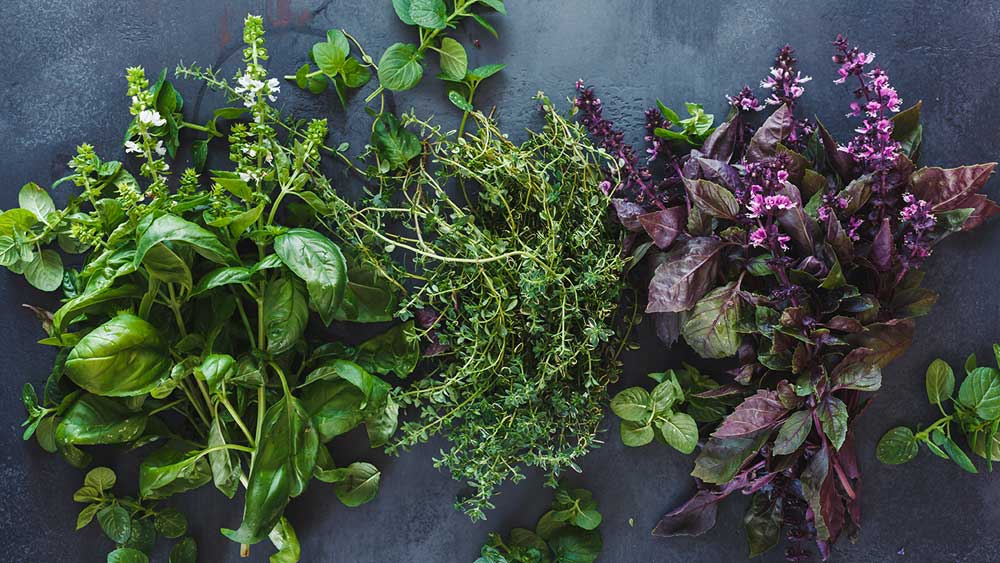
Lipase
What Is Lipase?
Lipase is a naturally occurring enzyme that breaks down fats and oils into fatty acids.
Where Does Lipase Come From?
Within the human body, lipase is produced by tongue glands, stomach, and pancreas.[1]
Lipases can be found in the energy tissues of plants, which is why oily agricultural waste (from ingredients like wheat bran, almond meal, and groundnut kernels) can be used for production through solid state fermentation.[2]
For commercial purposes, lipase-producing fungi may be used via solid state fermentation. However, bacteria are most often produced via submerged fermentation. These microbes secrete lipase which is then purified, homogenized, and crystallized.[3]
What Does Lipase Do?
Lipase has a wide range of uses, from skin conditioning agent to anti-inflammatory drug synthesis.
In enzymatic cleaners, however, plant-based lipase is used to break down protein stains like sweat, grease, lipstick, and salad dressing.[3,4] It is found in lotions as well as in laundry and dish detergents.[3]
Is Lipase Safe?
EWG states that – depending on how often it is used – lipases may have a small allergenic effect.[5] However, many studies have determined that lipase has low environmental impact and no noticeable health risks. [6]
Why Puracy Uses Lipase
We use lipase because it is a renewable, biodegradable ingredient that cleans and softens fabrics extremely well.[3,7]
Sources
[1] Mount Sinai
[2] Kumar DS, Ray S (2014) "Fungal Lipase Production by Solid State Fermentation-An Overview." J Anal Bioanal Tech 5:230. doi: 10.4172/2155-9872.1000230
[3] Gupta R, Gupta N, Rathi P. "Bacterial lipases: an overview of production, purification and biochemical properties." Appl Microbiol Biotechnol. 2004 Jun
[4] Sharma, R., Chisti, Y., Banerjee, U. "Production, purification, characterization, and applications of lipases." Biotechnology Advances 19 (2001) 627 – 662
[5] Environmental Working Group
[6] Greenough, R. J., Perry, C. J., and Stavnsbjerg, M., “Safety evaluation of a lipase expressed in Aspergillus oryzae.” Food and Chemical Toxicology. 1996 Feb;34(2):161-6
[7] Choudhury, P., Bhunia, B. "Industrial Application of Lipase: A Review." Biopharm Journal (2015) 1:2


























